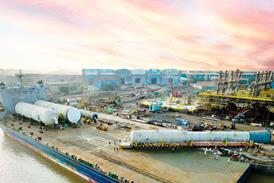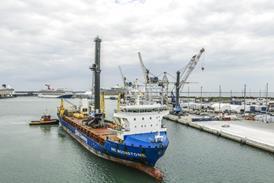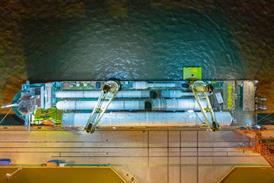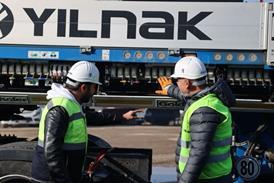According to aircraft manufacturer Boeing, there was little demand for nose loading capabilities when developing its future widebody freighter models. The existing nose-loading capacity is capable of satisfying demand in the coming years, added the manufacturer.

Speaking at the TIACA World Cargo Symposium earlier in November, Boeing regional director of marketing Tom Hoang said that the company held a series of customer working groups during the development of its new Boeing 777-8 freighter. He explained that demand for nose-loading capabilities was not high on the list of requirements from within the working groups.
“For some airlines, it’s more important, but overall, it’s a relatively small market for outsize cargo that really requires the nose loader,” he said.
Qatar Airways’ vice president of cargo network planning and strategic partnerships Elodie Berthonneau added that only around 1-2 percent of the cargo flown by the airline requires nose loading. “The value of [having nose-loading capabilities] does not justify the cost,” she said.
This view was echoed by Lufthansa Cargo head of network management Georg Theis who added that the door on a B777 was quite large anyway.
Hoang said that there were also still plenty of aircraft with nose-loading capability in the market to satisfy demand over the coming years; approximately 140 nose-loading B747-400s are still in service, with an average age of 20 years. These aircraft would be around for the next 10 years, Hoang explained.
Meanwhile, Boeing delivered just over 105 nose-loading B747-8Fs with an average age of seven years. These would be in the market for a further 20 years.
Read the original report by HLPFI’s sister publication Air Cargo News here.
















